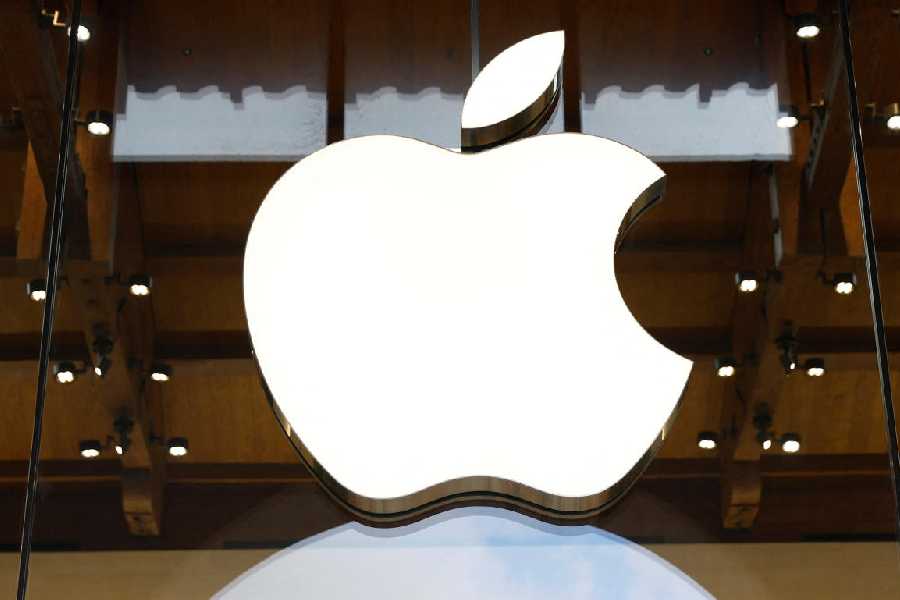US President Donald Trump recently threatened Apple and other smartphone manufacturers with a tariff of “at least 25 per cent” for iPhones and similar hardware if they are not made in the US. Yet, it hasn’t rattled the confidence of analysts who believe India will continue to play an important role in Apple’s supply chain.
“We are maintaining our stand that India will continue to play a key role in manufacturing operations for now. Every government would like to bring manufacturing locally to their country in theory, but in the practical world, it has a lot of moving parts. It took almost a decade and a half for Apple to build such a complex and high-quality supply chain. India remains the only potential big manufacturing destination for any player beyond China as the ecosystem is mushrooming, aided by lower-cost English-speaking skilled labour, world-class software talent, favourable government policies such as PLI, and a huge domestic consumption market,” Tarun Pathak, research director at Counterpoint Research, told The Telegraph.
During a recent earnings call, CEO Tim Cook said “for the June quarter, we expect the majority of iPhones sold in the US will have India as their country of origin and Vietnam as the country of origin for almost all iPad, Mac, Apple Watch, and AirPods sold in the US. China would continue to be the country of origin for the vast majority of total product sales outside the US”.
Pathak said supply chains are all Asia-heavy and “won’t move unless the US is giving massive subsidies to dilute disabilities, but even then, it will take three-four years”.
Building iPhones from scratch in the US is a tough ask as the supply chain for the device and skilled labour for the precisely engineered product has largely been in China for years. Only in the last few years, Apple started making local partnerships in India, which is one of Apple’s fastest-growing markets.
Abhilash Kumar, senior industry analyst at TechInsights, told The Telegraph: “It seems highly unlikely for Apple to shift manufacturing to the US because it would increase both fixed and variable costs. Not to forget, labour in the US is much more expensive than in India or China.”
Some trade analysts have said producing iPhones in the US may more than double prices. The iPhone will turn 20 in 2027, so the company has perfected its supply chain over time.
In February 2011, former US President Barack Obama asked Apple co-founder, the late Steve Jobs, what it would take to make iPhones in the US, in a dinner hosted for Silicon Valley luminaries. Jobs apparently replied: “Those jobs aren’t coming back.”
Apple usually refreshes its iPhone lineup in September and all eyes will be on the price tag. “There’s significant uncertainty, compounded by recent tariffs. Upcoming iPhone pricing will be subject to multiple variables such as component pricing, currency exchange rates, and new product innovations. While Apple will use its supply chain expertise to buffer these impacts, the extent of any price changes will be dictated by how these uncertain factors unfold in the near future,” said Pathak.
Meanwhile, US commerce secretary Howard Lutnick said he’s “very optimistic” about prospects for a trade deal between the US and India.
India will remain key to iPhone’s growth: “India is the second-largest smartphone market in the world. More importantly, it is an emerging market with smartphone penetration far from saturation. Also, the economic outlook looks positive, meaning increased disposable income,” said Kumar.
Last month, during his trip to West Asia, Trump said he had asked Cook to stop building plants in India to make devices for the US. Trump said: “I had a little problem with Tim Cook yesterday…. I said to him, ‘my friend, I treated you very good. You’re coming here with $500 billion, but now I hear you’re building all over India.’ I don’t want you building in India.” The President was referring to Apple’s commitment of a $500 billion investment in the US, announced in February.











